

How to Start a Travel Blog: Build a Brand & Share Your Journey
Summary
Reflection Questions
Journal Prompt
Many of us struggle to turn memories and experiences into content. Does it take you out of the moment? It doesn’t have to! Starting a new travel blog is an exciting way to document your adventures, share your experiences, and build a personal brand. In this article, we’ll guide you through all the essential steps you need to take to establish a successful travel blog. From choosing a niche to leveraging social media to optimizing each blog post, these tips will help you create engaging content and grow your audience while enjoying every trip you take!
Hallmarks of Successful Travel Blogs


Before you explore our travel blogging tips and prepare to start your own blog, let’s take a closer look at some of the characteristics that the best travel blogs share. (Hint: it’s not the amount of money they spend or the WordPress site they have professionally developed.)
Engaging and Authentic Content
The core of effective travel blogging is engaging and authentic content. Successful travel bloggers share their personal experiences, insights, and stories in a way that resonates with their audience. They are honest and transparent, which helps build trust with their readers. Authenticity in content creates a deeper connection with the audience, making them feel as though they are part of the journey. High-quality writing, captivating storytelling, and a unique voice are essential elements that draw readers in and keep them coming back for more.
Stunning Visuals
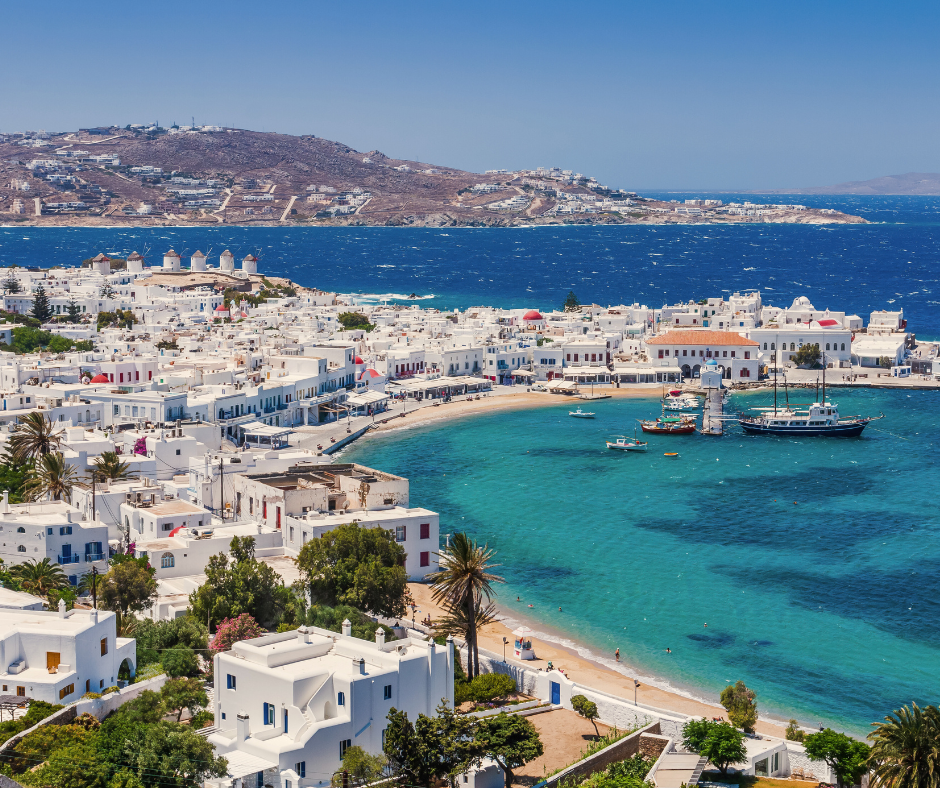

High-quality visuals are crucial for capturing the essence of travel experiences. Successful travel blogs feature stunning photographs and videos that highlight the beauty and uniqueness of the destinations. These visuals not only enhance the overall appeal of the blog but also help readers visualize the experiences being described. Well-composed images and professionally edited videos can make a significant difference in attracting and retaining an audience.
Niche Focus
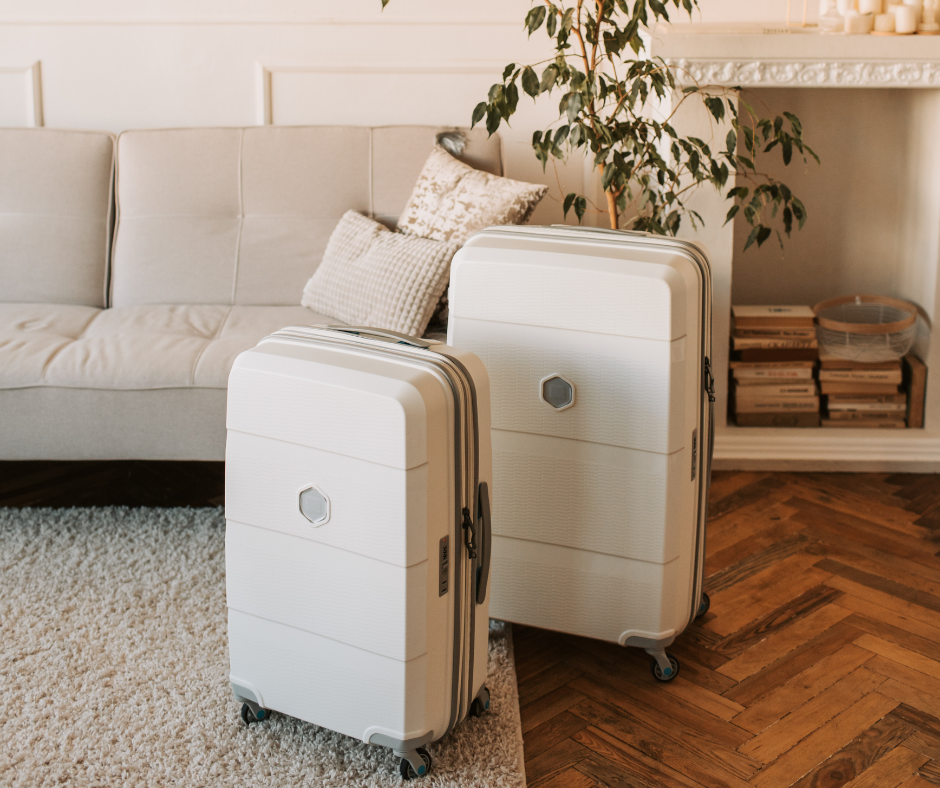

It’s not always about how much money you spend on trips. A successful travel blogger just needs a well-defined niche. By focusing on a specific area of travel like solo travel, luxury travel, adventure travel, or family travel, bloggers can cater to a targeted audience.
This specialization helps them stand out in a crowded market and build a loyal following. It also allows bloggers to establish themselves as experts in their niche, providing valuable and specialized content that readers seek out.
SEO Optimization
Successful travel blogs are well-optimized for search engines. Effective use of SEO techniques ensures that the blog ranks higher in search results, attracting more organic traffic. This includes using relevant keywords, optimizing meta descriptions, and ensuring that the website is mobile-friendly. Bloggers who understand and implement SEO strategies are more likely to reach a broader audience and achieve sustained growth.
Consistent Posting Schedule


Consistency is another important factor in the success of a travel blog. Regularly posting new content keeps the audience engaged and encourages repeat visits. Successful bloggers often maintain a content calendar and stick to a consistent posting schedule, whether it’s weekly, bi-weekly, or monthly. This consistency helps in building a loyal readership and improving search engine rankings.
A Strong Social Media Presence


A strong social media presence is essential for promoting a travel blog and engaging with the audience. Successful travel bloggers actively use social media platforms like Instagram, Facebook, Twitter, and Pinterest to share their content, interact with followers, and reach new audiences.
They understand the importance of visual content on platforms like Instagram and use it effectively to showcase their travels and attract followers. Social media also provides an avenue for real-time engagement and building a community around the blog.
Multiple Monetization Strategies


Many successful travel blogs have diversified monetization strategies. This includes affiliate marketing, sponsored posts, collaborations with brands, and selling digital products like e-books or travel guides. Bloggers who successfully monetize their blogs often provide valuable content that appeals to their audience while integrating these monetization methods seamlessly into their posts.
Some of the Most Successful Travel Blogs Are…
Nomadic Matt
Nomadic Matt has carved out a niche in budget travel, offering practical advice on how to travel the world without breaking the bank. Matt Kepnes’s expertise and personal experience with budget travel resonate with a wide audience seeking to maximize their travel experiences on a limited budget.
The blog features detailed travel guides, budget tips, and money-saving strategies, making it a go-to resource for backpackers and frugal travelers. Additionally, Matt’s engaging writing style and extensive travel experience add authenticity and trustworthiness to his content, further solidifying his reputation in the travel community.
The Blonde Abroad
The Blonde Abroad stands out with its focus on solo and female travel, offering inspiring stories and practical tips tailored to women travelers. Kiersten Rich (Kiki), the founder, combines her vibrant personality with stunning photography to create visually appealing and informative content.
The blog covers a wide range of topics, from destination guides and travel tips to fashion and lifestyle advice, making it a comprehensive resource for female travelers. Kiersten’s ability to connect with her audience through relatable and empowering content has helped her build a loyal following and establish herself as a leading voice in the travel blogging community.
Expert Vagabond
Expert Vagabond is known for its adventurous spirit, with Matthew Karsten sharing thrilling travel stories and breathtaking photography. The blog’s focus on adventure travel, combined with practical advice on photography and travel gear, attracts readers who seek excitement and inspiration for their own travels.
Matthew’s authenticity and willingness to take on daring and unconventional travel experiences set his blog apart. His in-depth guides and stunning visuals provide a captivating and immersive experience for readers, making Expert Vagabond a popular choice for adventure enthusiasts.
Adventurous Kate
Adventurous Kate offers a unique perspective on solo female travel, with Kate McCulley sharing her personal experiences and insights. Her blog addresses the specific challenges and rewards of traveling alone as a woman, providing practical advice on safety, budgeting, and destination choices.
Kate’s candid and relatable writing style, combined with her extensive travel experience, helps her connect with her audience on a personal level. Her emphasis on empowering women to travel solo and her honest portrayal of her journeys make Adventurous Kate a trusted and influential resource for solo female travelers.
Travel Noire
Travel Noire is a digital platform that caters to the Black Diaspora, offering curated content and cultural insights. Founded by Zim Ugochukwu in 2013, Travel Noire inspires and empowers people of color to explore the world. The platform features destination guides, travel tips, and personal stories that celebrate diversity and promote inclusive travel experiences.
Travel Noire’s focus on representing underrepresented voices in the travel industry has resonated with a global audience, making it a leading resource for black travelers seeking community and inspiration. Its commitment to showcasing the richness of diverse cultures and experiences adds significant value and relevance to the travel blogging landscape.
DesignDash Guide: 18 Tips for Creating Your Own Travel Blog
#1 Identify Your Passion to Find Your Niche
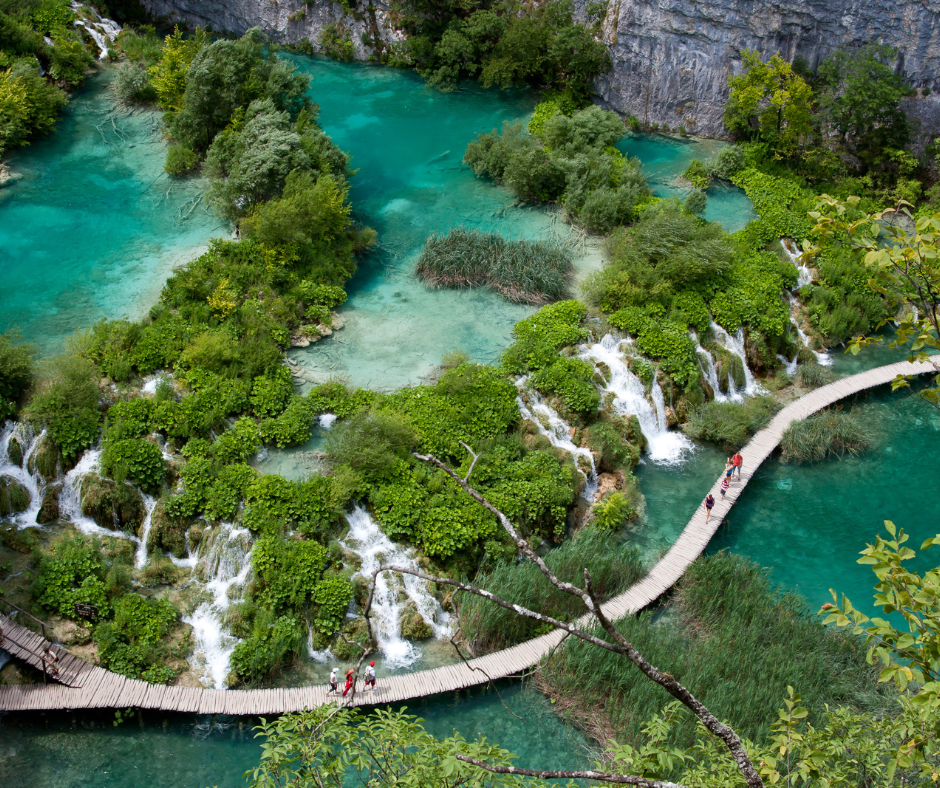

Discuss the importance of selecting a travel niche that reflects your interests and expertise. When you are passionate about your topic, it shows in your writing and makes your content more engaging and authentic. Your enthusiasm will resonate with your readers, making them more likely to return to your blog.
#2 Analyze Market Demand


Evaluate the popularity of different travel niches and identify potential gaps in the market. Research current trends and see what types of travel blogs are successful. Look for niches that are underserved or have a growing audience. This analysis can help you find a niche that has both personal interest and market potential.
#3 Define Your Unique Angle


Explore ways to differentiate your blog from others by offering a unique perspective or specialized content. Think about what makes your travel experiences and insights unique and how you can provide value that other blogs don’t. This could be a specific style of travel, a focus on a particular region, or a unique storytelling approach.
#4 Select the Right Blogging Platform and Web Hosting Service
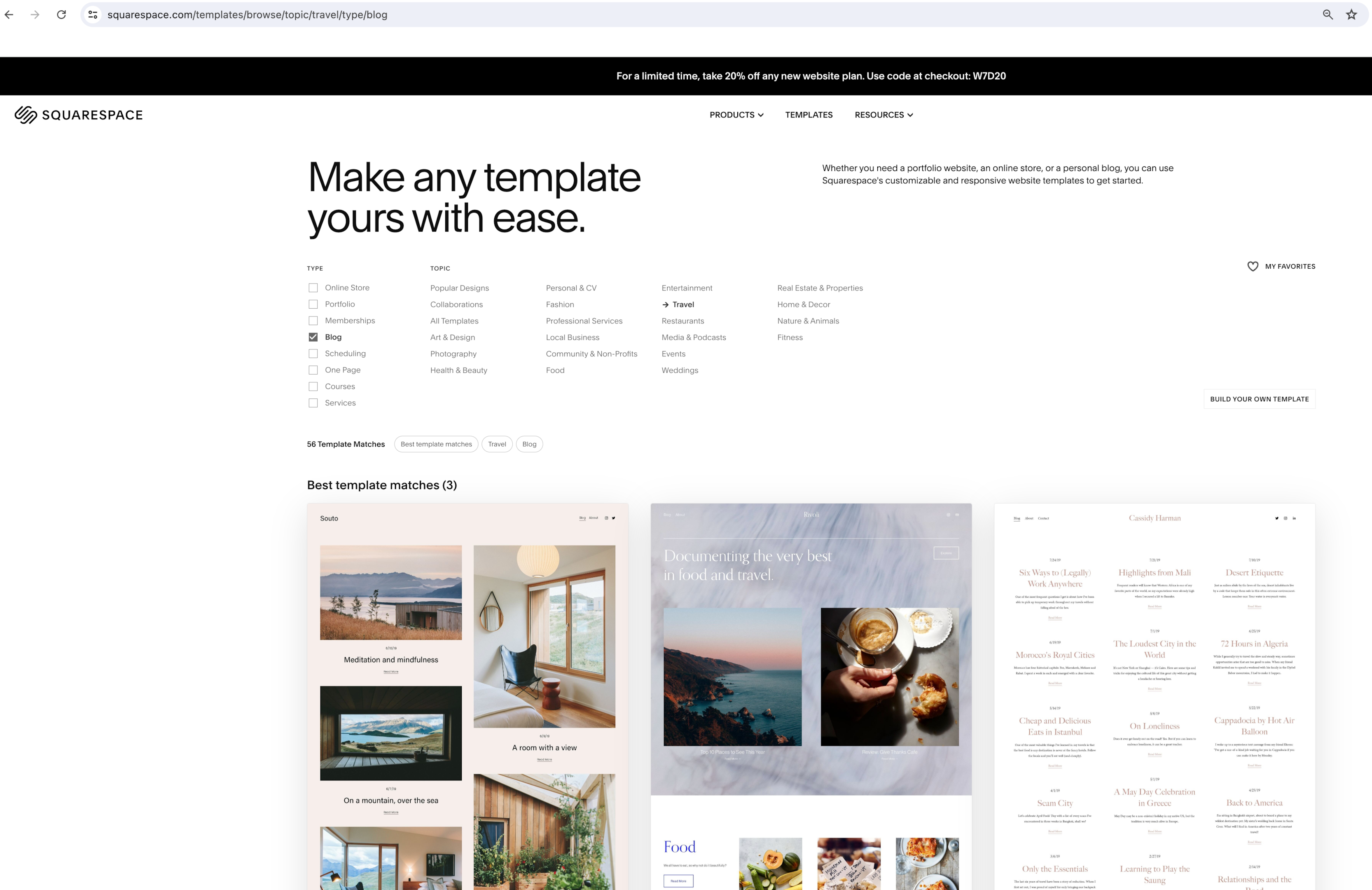

Compare popular blogging platforms like Squarespace, WordPress, Blogger, and Wix. Each platform has its own set of features, ease of use, and customization options. Whether you opt to install WordPress or prefer Squarespace’s templates, be sure to choose one that fits your technical skill level and offers the flexibility you need to grow your blog. We recommend that you explore free themes before committing to a premium theme.
#5 Choose a Domain Name
Now it’s time to choose an SEO-friendly domain name. As a professional travel blogger, your domain name must be easy to remember, reflect your blog’s niche, and be optimized for search engines. Keep it short, avoid hyphens, and make sure it’s easy to spell and pronounce.
You might not be able to find a free domain that fits all of these criteria, so be prepared to spend a bit of money. Don’t worry, most domains won’t exceed $10 to $20 a year as long as they’re available when you purchase from a platform.
#6 Design Your Blog to Be User-Friendly


Whether you go with a WordPress blog or one on Wix, we cannot overstate the importance of a clean, easy-to-navigate design for a positive user experience. A well-designed blog helps visitors find the information they need quickly and easily. Prioritize readability, intuitive navigation, and a clutter-free layout to keep readers engaged.
#7 Prioritize Mobile Responsiveness
Ensure your blog looks great and functions well on mobile devices. With more people accessing the internet via smartphones and tablets, it’s crucial that your blog is mobile-friendly. Choose a responsive design that adapts to different screen sizes.
#8 Keep Branding Consistent


Incorporate consistent branding elements like logos, colors, and fonts. Strong branding helps create a recognizable and professional image. Use a cohesive color scheme, a distinctive logo, and consistent fonts to establish your blog’s identity.
#9 Develop a Content Strategy
Plan your content calendar and align posts with your niche. A content strategy ensures that you consistently publish relevant and engaging content. Be sure to plan ahead so you cover a variety of topics within your niche and keep your audience interested.
Fuel your creative fire & be a part of a supportive community that values how you love to live.
subscribe to our newsletter
*please check your Spam folder for the latest DesignDash Magazine issue immediately after subscription


#10 Write Engaging Blog Posts
Only publish compelling, informative, and well-researched blog posts. Focus on clear, concise writing that provides value to your readers. Use storytelling techniques, share personal experiences, and include actionable tips to make your posts more engaging. Remember, your first blog posts should introduce the brand, so start there.
#11 Use High-Quality Videos and Photos in Your Blog Posts
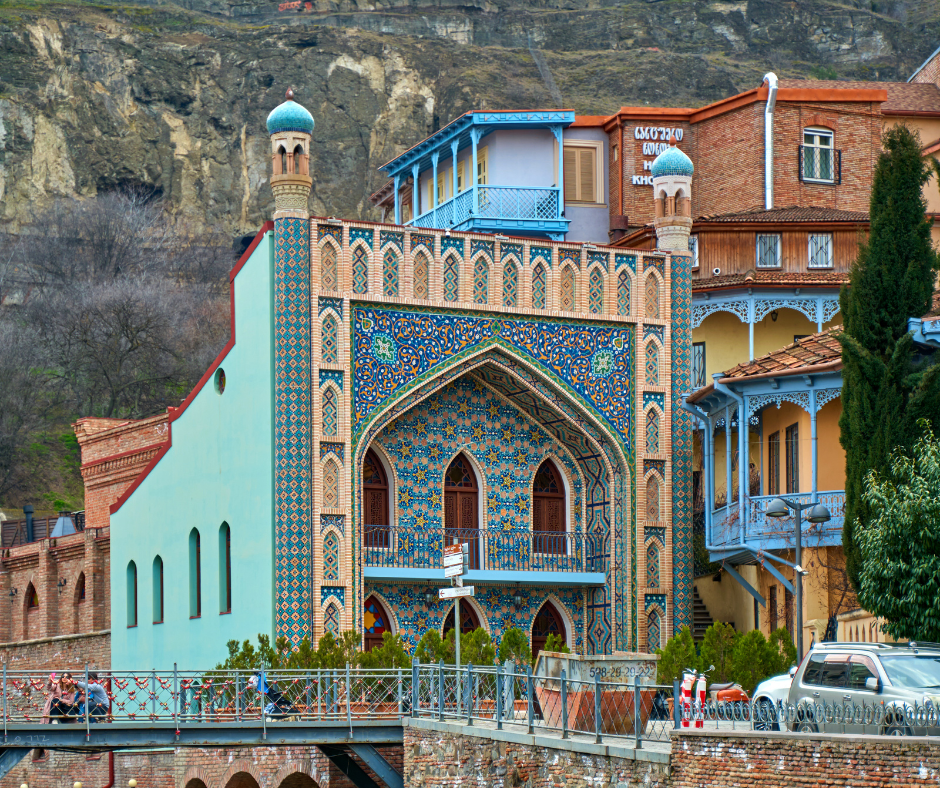

Incorporate high-quality photos and videos to enhance your content. Visuals help bring your travel experiences to life and make your blog more appealing. Invest in a good camera, learn basic photography skills, and use visuals to complement your text.
#12 Leverage Social Media to Build an Audience
Establish a presence on Instagram, Facebook, and Twitter. Use social media to share your content, engage with followers, and drive traffic to your blog. Tailor your strategy to each platform and be consistent in your posting.
#13 Consider Networking with Other Bloggers


Consider building relationships with fellow travel bloggers for mutual support and collaboration. Networking can help you reach a wider audience, gain new insights, and find collaboration opportunities. Engage with other bloggers through comments, social media, and guest posts.
#14 Learn About SEO
Optimize your blog for search engines to attract organic traffic. Use keywords effectively, optimize your headlines and meta descriptions, and ensure your site is technically sound. SEO helps improve your visibility in search engine results, bringing more readers to your blog.
#15 Monetize Your Blog


Promote products and services that are relevant to your audience and earn a commission on sales. Choose reputable affiliate programs and disclose your affiliations to maintain trust with your readers.
Partner with brands that align with your niche and values. Create a media kit to showcase your blog’s reach and engagement, and approach potential sponsors with proposals for collaboration.
Consider offering e-books, travel guides, consulting services, or merchandise. Selling your own products can diversify your income and provide additional value to your readers.
#16 Create a Consistent Posting Schedule
Maintaining a regular posting schedule is vital to keeping your audience engaged. Regular updates keep your readers coming back for more. Plan your content in advance and stick to a consistent posting schedule to build a loyal following.
#17 Engage with Your Readers


Engage with your audience by responding to their comments, emails, and social media messages. Building a community fosters loyalty and encourages readers to share your content.
#18 Analyze Performance Metrics and Adjust Accordingly
Use tools like Google Analytics to track your blog’s performance and make data-driven decisions. Monitor your traffic, user behavior, and engagement metrics to understand what’s working and what needs improvement. This data will help you refine your content strategy and grow your blog.
Final Thoughts on Creating an Incredible New Travel Blog


Starting a new travel blog can be an incredibly rewarding journey—especially for women who have a passion for writing, a love for travel, and a desire to share their experiences with others. Your unique perspective and voice can inspire and empower fellow travelers, create connections across the globe, and even pave the way for new opportunities. Don’t be afraid to take the leap and start your own travel blog. Your stories, insights, and adventures are worth sharing, and you have the potential to make an impact in the travel community.








